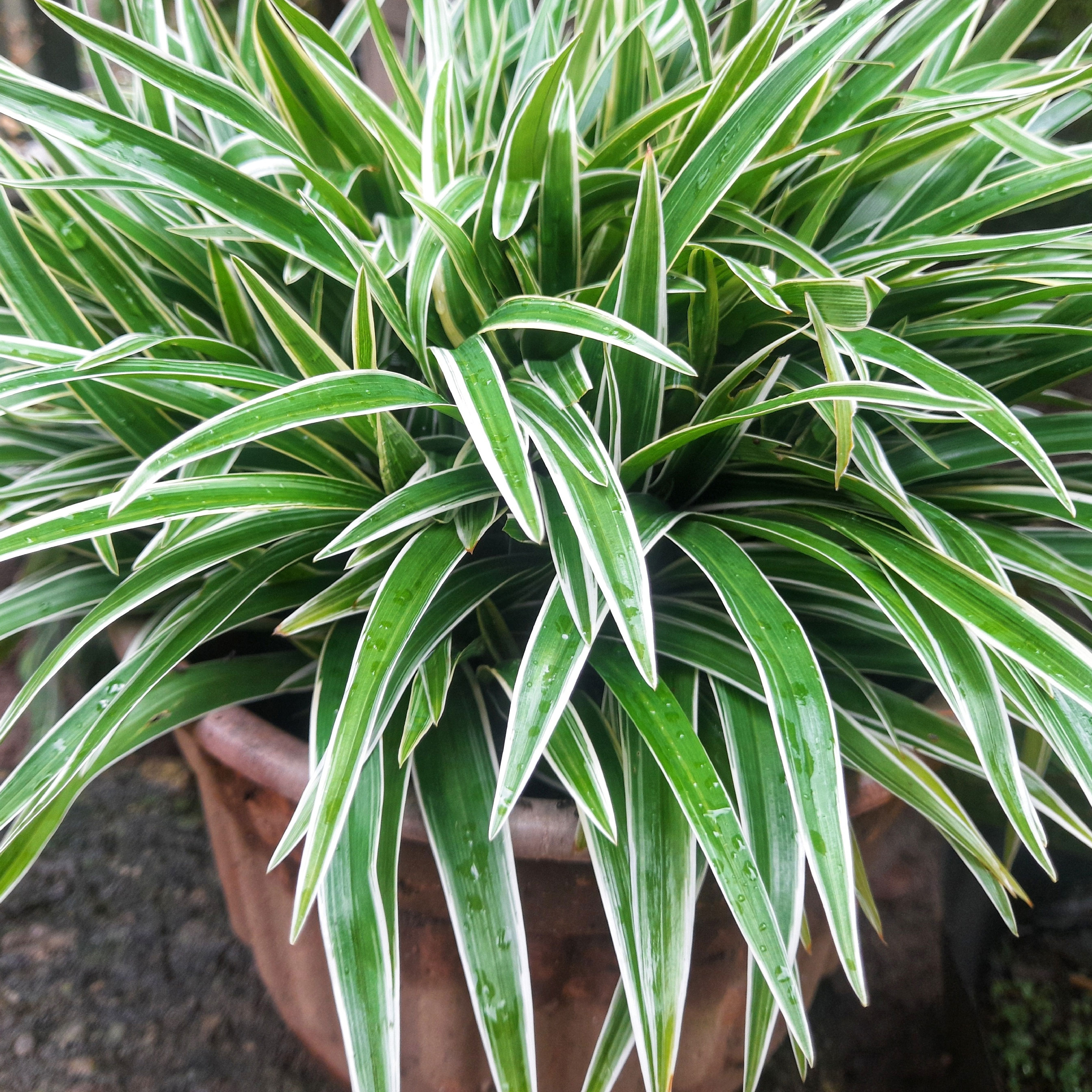Pear Texas Rot: How To Treat Pears With Cotton Root Rot

The fungal disease called pear cotton root rot attacks more than 2,000 species of plants including pears. It is also known as Phymatotrichum root rot, Texas root rot, and pear Texas rot. Pear Texas rot is caused by the destructive fungus Phymatotrichum omnivorum. If you have pear trees in your orchard, you’ll want to read up on the symptoms of this disease.
Cotton Root Rot on Pear Trees
The fungus causing cotton root rot only thrives in regions with high summer temperatures. It is usually found in calcareous soils with a high pH range and low organic content. The fungus causing the root rot is soil-borne, and natural to the soils of the southwestern states. In this country, these factors -- high temperatures and soil pH -- limits the geographic spread of the fungus to the southwest. The disease can attack many plants in this region. However, damage is only economically important to cotton, alfalfa, peanut, ornamental shrubs, and fruit, nut, and shade trees.
Diagnosing Pears with Cotton Root Rot
Pears are one of the tree species attacked by this root rot. Pears with cotton root rot begin to show symptoms in June through September during periods where soil temperatures rise to 82 degrees F. (28 C.). If cotton root rot on pears is found in your region, you need to be familiar with the symptoms. The first signs you may notice on your pears with cotton root rot are the yellowing and bronzing of the leaves. After the leaf color changes, the upper leaves of the pear trees wilt. Soon after that, the lower leaves also wilt. In the days or weeks after, the wilt becomes permanent, and the leaves die on the tree. By the time you see the first wilting, the cotton root rot fungus has extensively invaded the pear roots. If you try pulling out a root, it comes out of the soil easily. The bark of the roots decays and you can see woolly fungal strands on the surface.
Treatment for Cotton Root Rot on Pears
You can read up on different ideas for management practices that may help reduce the occurrence of cotton root rot on pears, but none are very effective. While you may think that fungicides would help, they actually don’t. A technique called soil fumigation has also been attempted. This involves using chemicals that turn into smoke in the soil. These also have proven ineffective for controlling pear Texas rot. If your planting area is infected with the pear Texas rot fungus, your pear trees are not likely to survive. Your best bet is to plant crops and tree species that are not susceptible to the disease.
Gardening tips, videos, info and more delivered right to your inbox!
Sign up for the Gardening Know How newsletter today and receive a free copy of our e-book "How to Grow Delicious Tomatoes".

Teo Spengler is a master gardener and a docent at the San Francisco Botanical Garden, where she hosts public tours. She has studied horticulture and written about nature, trees, plants, and gardening for more than two decades. Her extended family includes some 30 houseplants and hundreds of outdoor plants, including 250 trees, which are her main passion. Spengler currently splits her life between San Francisco and the French Basque Country, though she was raised in Alaska, giving her experience of gardening in a range of climates.
-
 Want To Know How To Make A Spider Plant Bushier? 4 Secrets For Lush & Bushy Spiders
Want To Know How To Make A Spider Plant Bushier? 4 Secrets For Lush & Bushy SpidersAre you looking for ways to make your spider plant look bigger or more dramatic? Follow these quick and easy tips on how to make a spider plant bushier
By Teo Spengler
-
 What Is A Pollinator Garden? Grow Gorgeous Blooms While Benefiting Your Local Ecosystem
What Is A Pollinator Garden? Grow Gorgeous Blooms While Benefiting Your Local EcosystemPollinator gardens look great and also provide a diverse ecosystem that benefits your local pollinating insects and animals. Get started today with this guide!
By Bonnie L. Grant